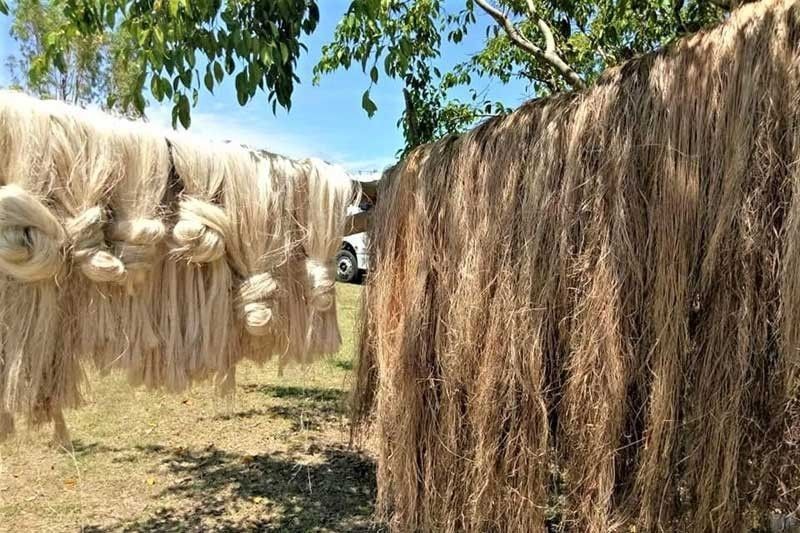DOST finds abaca, other fibers viable for banknotes

LOS BAÑOS, Laguna, Philippines — The time may not be long before the country develops the capability of producing banknotes as Department of Science and Technology (DOST) researchers have crafted a technology that can produce currency bank paper (CBP) from local indigenous materials.
The country’s banknotes or paper money are imported and printed on currency base paper made from 20 percent abaca and 80 percent cotton fiber. The CBP uses a combination of fibers of abaca, Acacia mangium and salago.
“With our promising research results, however, we are planning to team up with the Bangko Sentral ng Pilipinas (BSP) to make Philippine banknotes using 100 percent locally available fibers,” said Adela Torres of the pulp and paper products development section of the Forest Products Research and Development Institute (FPRDI).
Abaca is the strongest plant fiber in the world and is the main raw material in making specialty paper for money. This fibrous crop is one of the biggest Philippine exports, with the country supplying 85 percent of the total global abaca demand, equivalent to 90 metric tons.
Salago is a shrub that produces best fibers similar to those used in Japan as currency paper while Acacia mangium is a fast-growing wood species that thrives in most plantations.
“Despite the huge volume though, the Philippines still imports about 700,000 kilograms of CBP a year, which the BSP turns into paper money,” Torres said.
In the research project, FPRDI cooked and bleached the abaca and salago fibers and the Acacia mangium wood chips and formed them into simple chips.
Tests conducted by FPRDI technologists at the University of the Philippines-Los Baños College of Forestry and Natural Resources complex showed that the output’s folding endurance is similar to that of imported currency base paper.
- Latest
- Trending





























